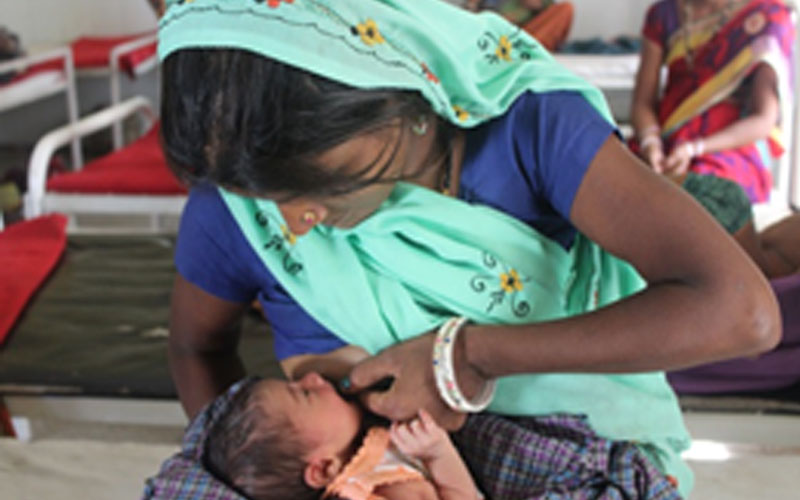
Breastfeeding
is an important factor in child survival, growth and development. There is
enough evidence to suggest that breastfeeding as a preventive intervention has
the largest impact on reducing child mortality. The consequences of
breastfeeding within an hour of birth are well documented; about 20% of new
born deaths could be prevented through it. Infants who are not breastfed are
more likely to die than children who are breastfed. Given its impact on
reducing neonatal and infant mortality, it is important that optimal
breastfeeding is promoted and is protected from harmful influences, and mothers
that breastfeed and those who help her are supported.
Institutional deliveries have increased in the recent past as have
the rates of early initiation and exclusive breastfeeding. In rural areas, the increase is by 37
percentage points (from 38% to 75%) from 2007-08 to 2013-14 (Rapid Survey on Children,
2013-14). Three-fourth of the 83 Medical Officers interviewed as part of the
study said that their facilities have seen an increase in the rate of
institutional deliveries.
As a part of the development of the promotion
strategy, this study was undertaken in high burden
districts of eight Empowered Action Group states (Bihar, Chhattisgarh,
Jharkhand, Madhya Pradesh, Odisha, Rajasthan, UP and Uttarakhand) and Assam to
understand the approaches being adopted to protect, promote and support early
initiation and exclusive breastfeeding at public health facilities. In
addition, health staff's knowledge and skills to support early and exclusive
breastfeeding was assessed. Finally, barriers and facilitators of early and
exclusive breastfeeding were identified. Data was collected at 81 public health
facilities in 27 high priority districts, covering 162 outreach health workers,
142 facility-level health workers, 83 Medical Officers and 1215 mothers. The
study's findings and insights were used to design a communication strategy to
promote breastfeeding at public health facilities.